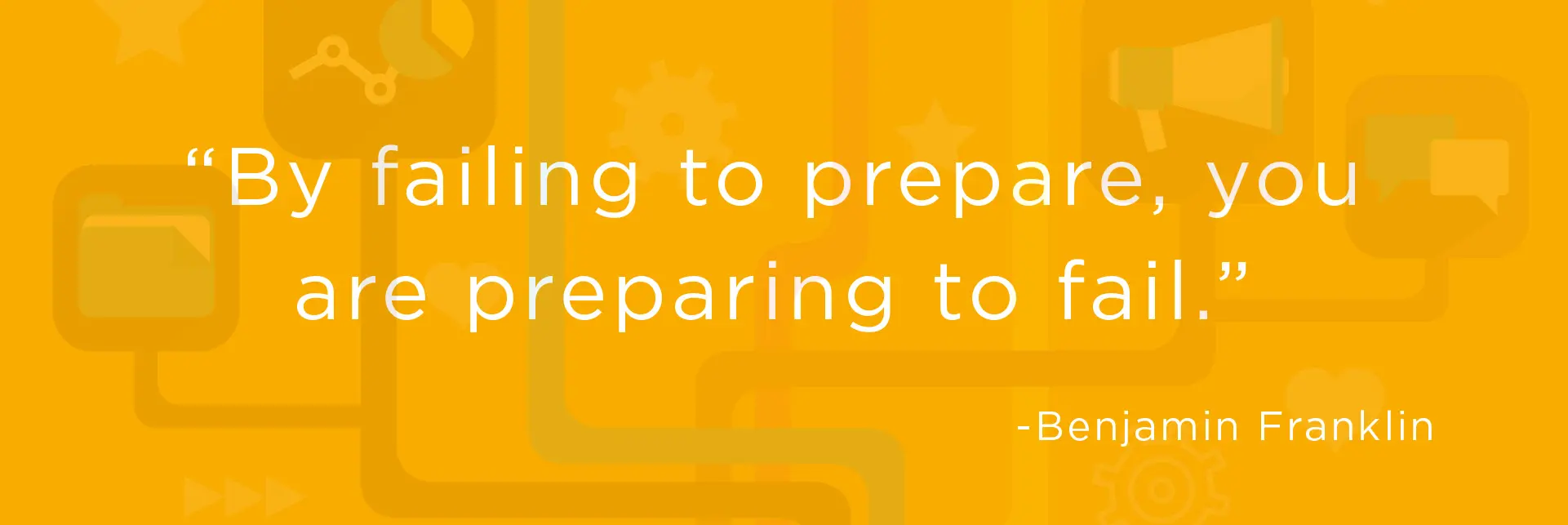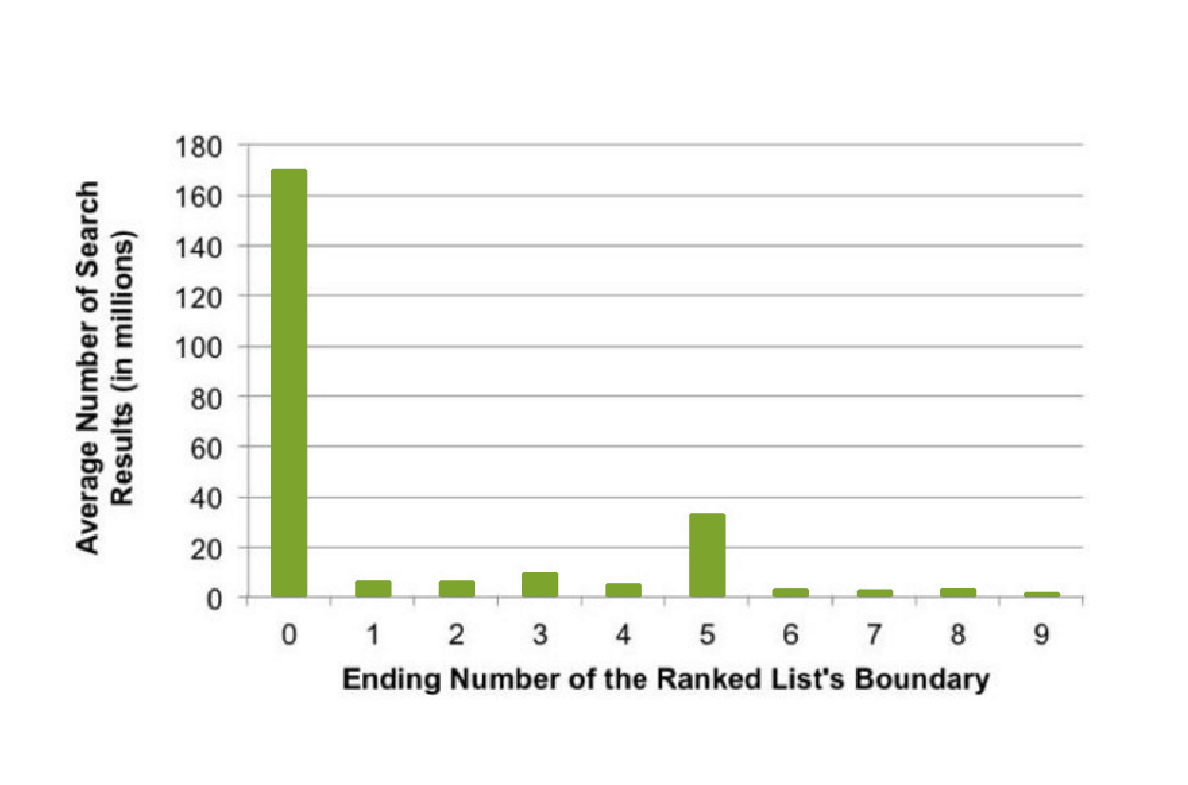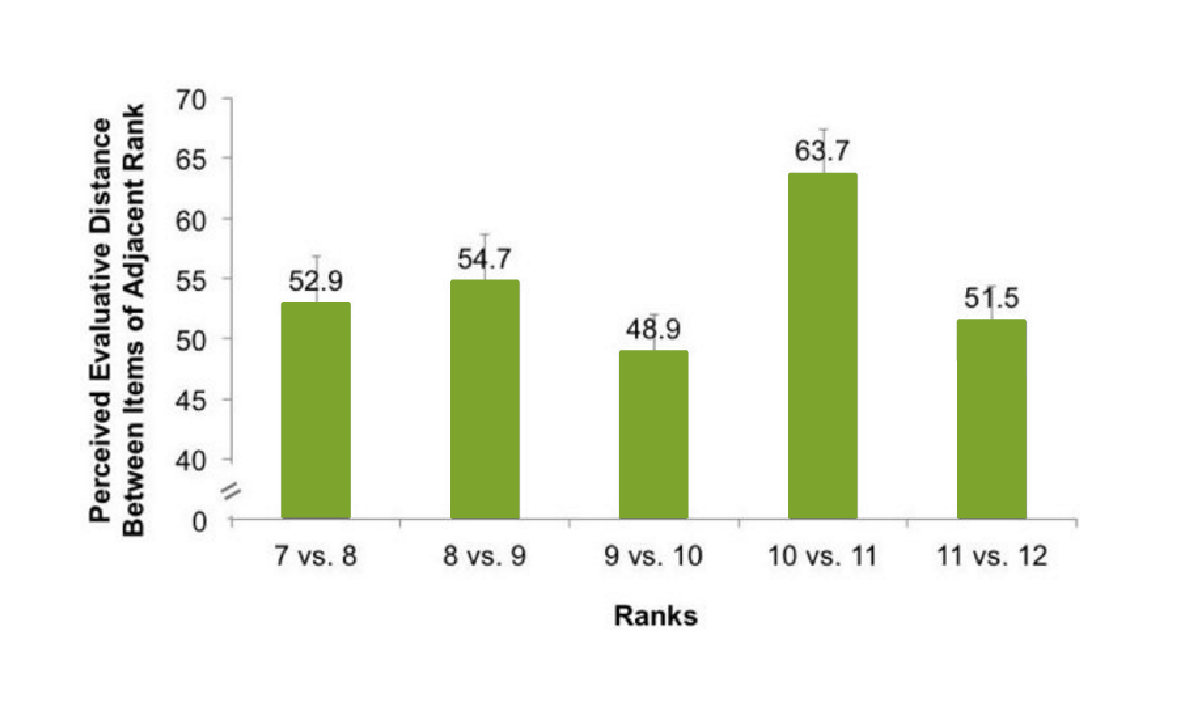Content Creation: The Challenge and The Opportunity
In our last blog post, we discussed three recommendations for improving your digital marketing effectiveness in 2016. In this post, we’re going to tackle what we have found to be the most challenging task for many organizations - content creation.

In 1996, Bill Gates declared Content is King. Fast forward to 2016. Technology and consumption habits continue to evolve, but one truth remains from the beginning of the technology revolution: content is king. Without content, websites, social media platforms, and mobile apps are useless. To our surprise, however, many organizations spend little time focusing on content that fills the pages, posts, and app screens.
Content Creation - The Challenge
For most projects, the time allotted to review, update/edit, and/or create content is not adequately considered, or is grossly under-estimated. The in-house marketing teams are focused on the day-to-day operations of the marketing campaign(s) and the design and development firm is focused on the design and development tasks that must to be completed in order to keep the project on track.
The result: No one is focused on the review and updating of the existing (if any) content, and the creation of the content needed to populate the new website or app, and the launch is delayed.
Fortunately, that result can be avoided. It takes careful planning, and an honest self-assessment of in-house capabilities. Most of us do not possess superhero powers (contrary to popular belief), and there are only so many hours in a day, days in week, weeks in a year. In order to successfully tackle content creation, you must plan, schedule, and develop team roles and responsibilities for each piece of content.

Content Creation - The Opportunity
Creating captivating content is an opportunity to enhance your brand, engage your target audience, and establish your organization as a thought leader. In order to seize the opportunity, you must prioritize content creation, as you would other business priorities.
Content should be crafted to help you achieve your business goals. In a great a post on Distilled, blogger Hannah Smith identifies four types of content that should be used to engage an online audience:
- Content to Entertain: This content may not be directly related to your product or service, but is produced with the goal of connecting with the user through emotion. This content is usually light-hearted and users should be encourage to share it via the different social platforms.
Example: A funny video - Content to Educate: This content is directly related to your products and services, and is produced with the goal of informing the user about your expertise, connecting with the user through reason.
Example: Informational blog post - Content to Persuade: This content is produced demonstrate your ability to overcome obstacles and provide a successful outcome, connecting with the user through reason.
Example: Case Study - Content to Convert: This content is produced to convert a user to a customer, connecting with the user through reason.
Example: E-Book, Webinar, or Whitepaper
Offering compelling, focused content fosters discovery and engagement, which increases the time that a visitor spends on your site, and probability that a user will act on the call to action.
Content Creation - Lyquix Recommendations
Crafting content can be a daunting task. Here are a few recommendations to consider:
- Assign roles and responsibilities
- Develop an achievable editorial calendar with the input from all who will participate in the project (don’t set yourself up to fail)
- Identify a limited number of effective distribution channels
- Measure and refine
Here are some content types to experiment with:
- Infographics: Humans are visual learners and consumers. The true power of infographics: They can be easily shared.
- Lists: Lists work. Numbered lists are best. Researchers Mathew S. Isaac of Seattle University and Robert M. Schindler of Rutgers University searched the term “top [number]” in Google using all numbers 1 through 100. Those ending in zero dominated, followed closely by those ending in five.


They published their findings here: http://www.fastcodesign.com/3024538/evidence/why-we-love-top-10-lists
- Case studies and success stories: Humans enjoy narratives. Case studies and success stories allow you to present the following to a user:
- Setup/introduction
- The issue
- The resolution
- How-to-guides: How-to-guides allow you to demonstrate your expertise to a user. Take the opportunity to demonstrate your understanding and offer advice to the user.
- Resources and Tools: Building a list of resources and tools allows you to demonstrate your commitment to continuous learning and professional development, while offering third party information to the user. This type of content only requires you to built the list of information sources - no original content.
Producing relevant, informative content should be a priority of each organization. Let us know if you would like to schedule a time to talk about content creation.






